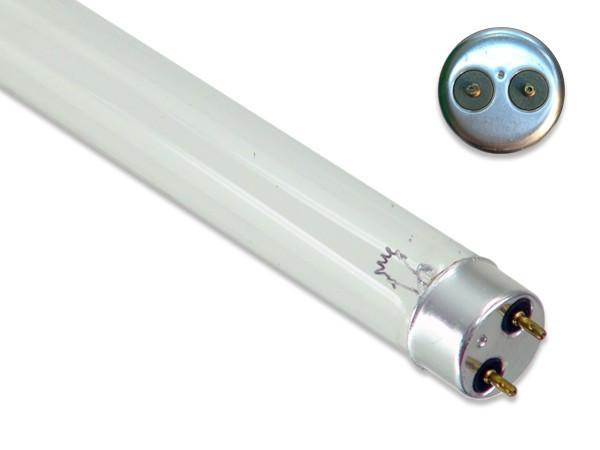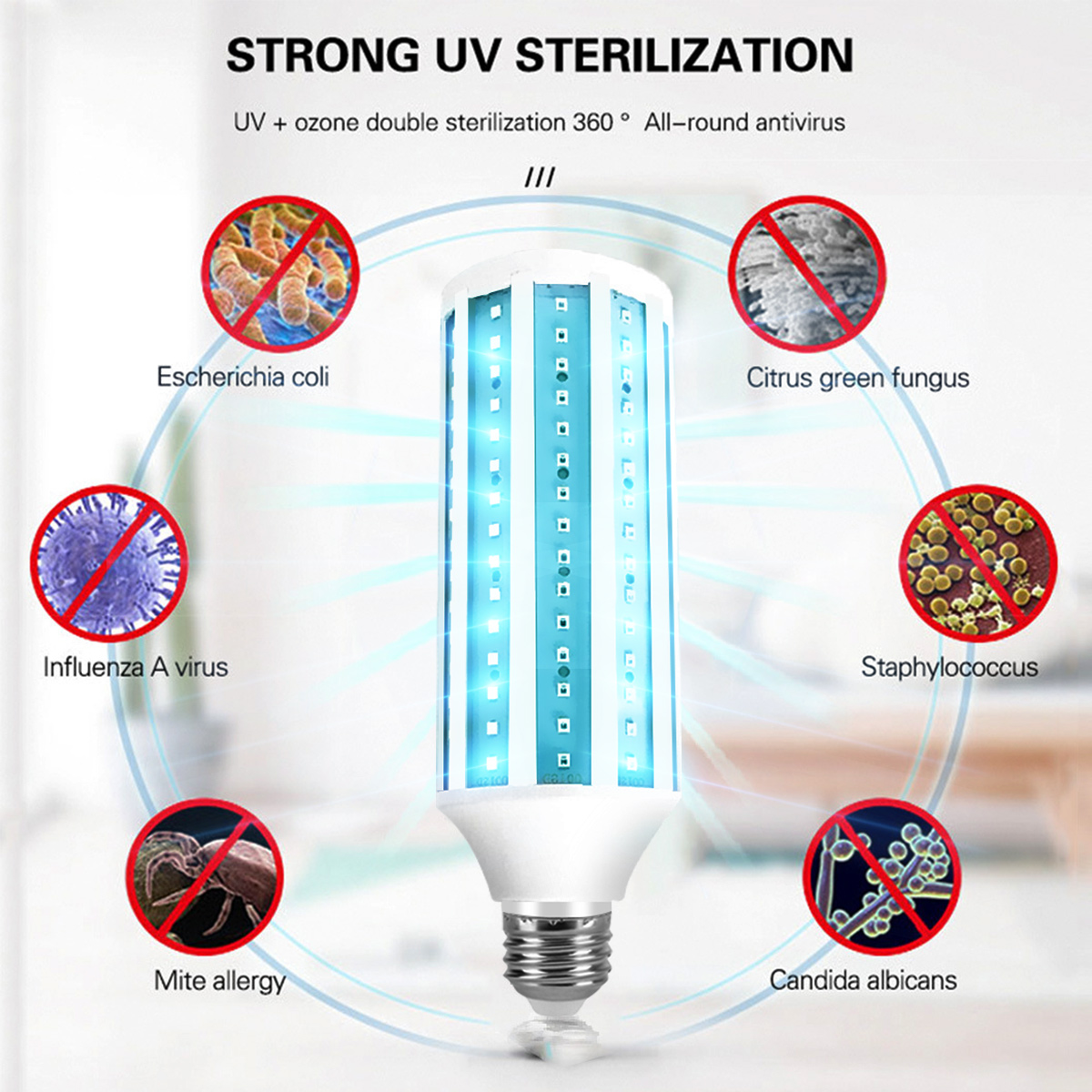
UV-C can be one pretty damaging light ray to plants if they are exposed to it. So, because UV-C wavelengths are not naturally present in the earth’s atmosphere, they are therefore not suitable to be exposed to plants. This is why it is prevented by the ozone layers and it does not get to the earth’s atmosphere. UV-C light rays can be pretty damaging to both plants and humans. Therefore, no UV-C wavelength usually penetrates the earth’s surface. The ozone layer usually absorbs this light wavelength. This type of ultraviolet light ray is absent in the light rays that reach the earth’s atmosphere. UV-C light wavelength ranges between 280 nm to 0 nm. UV Plant Lights Grow Lamp Dual Switch for Indoor Plants Veg and Flower 1000wĬheck Price on Amazon 3. When you expose your indoor plants to UV-B in the appropriate dosage, it can benefit your plants this UV-B light spectrum encourages plants to manufacture their own sunscreen. This type of ultraviolet ray makes up about 1.3 percent of what’s reaching the earth’s surface. UV-B is the second most common type of ultraviolet light to get to us here from the sun. UV-A light exposure to plants in a safe dose has been shown to enhance the production of CBD and THC. Hence, UV-A can’t cause harm to your indoor plants if it is included in the grow light you’re using for your plants. Plants are generally exposed to some level of UV light in their natural environment. The electromagnetic wavelength of UV-B is between 400 nm to 315 nm.

This type of UV makes up about 98.7 percent of all types of ultraviolet light that get down to earth. UV-A is the most common or abundant type of ultraviolet light on earth that reaches or gets to us here from the sun. Read more about Low Nitrogen Fertilizer The Types Of UV Light And Their Benefits To Plants 1. Let’s look into the types of UV lights and see how they can benefit our plants.
#Uvc light bulb how to
However, you need to have a good knowledge of how to use these UV lights for your plants. Even though some have claimed they didn’t notice a difference in the usage of UV light for their plants: others have however claimed that UV rays can bring out the natural flavor and scent of a plant better than when UV isn’t used.īut the truth of the matter is that UV lights can be helpful to indoor grow room plants. UV light for plants is also a type of wavelength that your plant can benefit from when supplied in a safe dose. And there are other colors or wavelengths of light that can enhance our plant perform photosynthesis and other necessary processes. Then we have the blue light for the vegetative stage of the plant. Grow lights can generate red wavelengths which are necessary for the flowering stage of a plant. Generally, grow lights need to generate a certain wavelength of light for plants to thrive well and develop. The 3 primary types of UV lights include UV-A, UV-B, and UV-C. Then the wavelength of UV light sits between 10 nm to 400 nm. UV is a light that is invisible to the naked eye of humans and the light is measured in nanometers (nm).Īlthough humans can’t see UV light with their naked eyes, many other creatures including plants use it to survive.īetween 400 nm to 700 nm is where the visible spectrum of light falls under.

UV light also referred to as ultraviolet light is a type of light wavelength and also it’s a type of electromagnetic radiation. So, if you’ve ever wondered about the importance of UV light to your plants then you can get some information about this here. You can even assimilate a safe dose of UV light as it can give you a great tan without actually causing any damage to your skin. However, a minimal dose of ultraviolet light can still be safe to be exposed to. Most of our knowledge about ultraviolet light has been non-appealing because we’ve been mostly told to avoid it in our day-to-day activities. UV light for plants is one wavelength that has been highly contested.

But apart from these light wavelengths, some growers have come to terms that UV can benefit plant growth. It is a general knowledge that it is necessary for grow lights to give off a certain wavelength for plants to flourish adequately and grow.


 0 kommentar(er)
0 kommentar(er)
